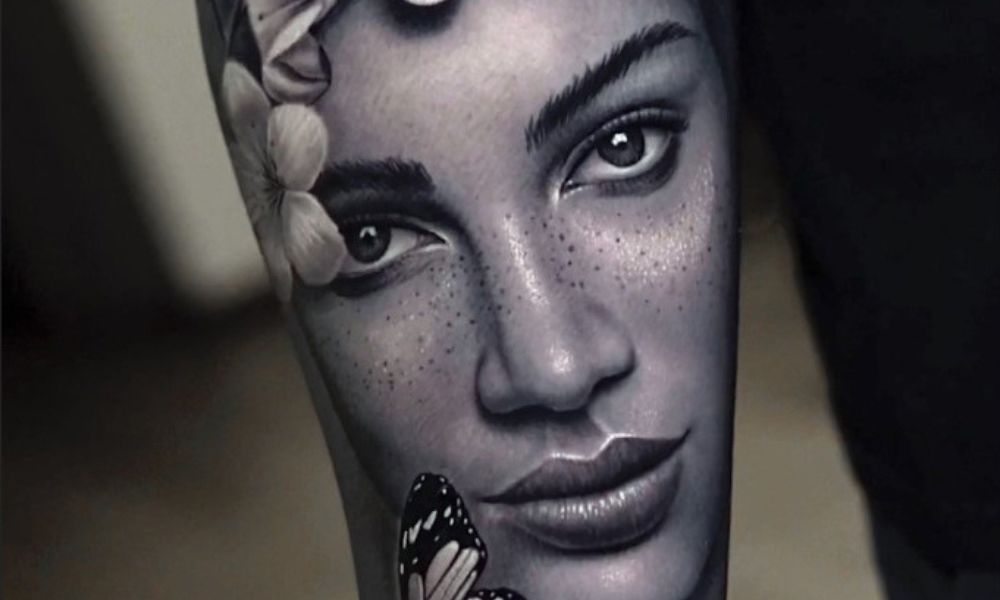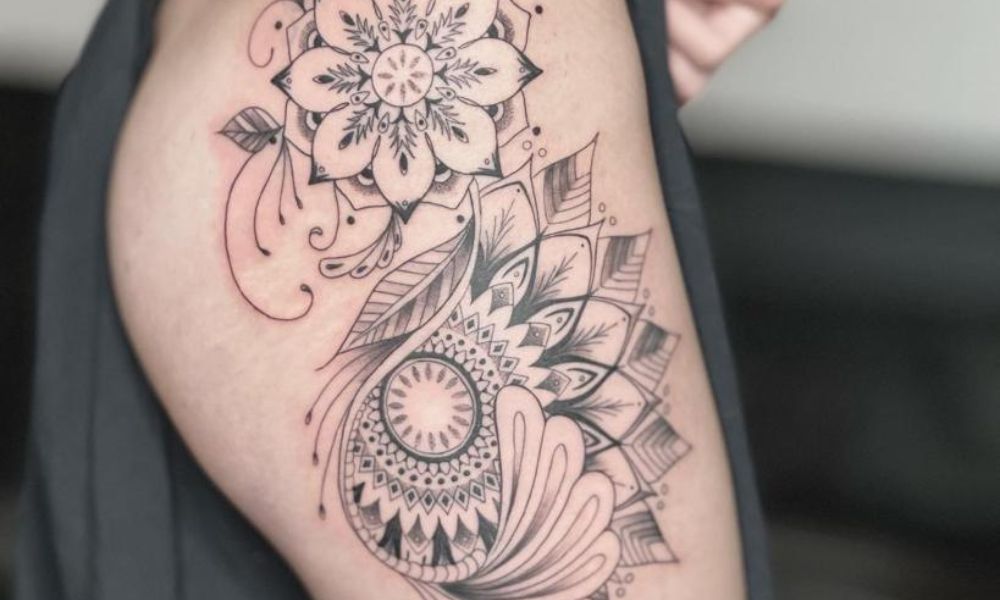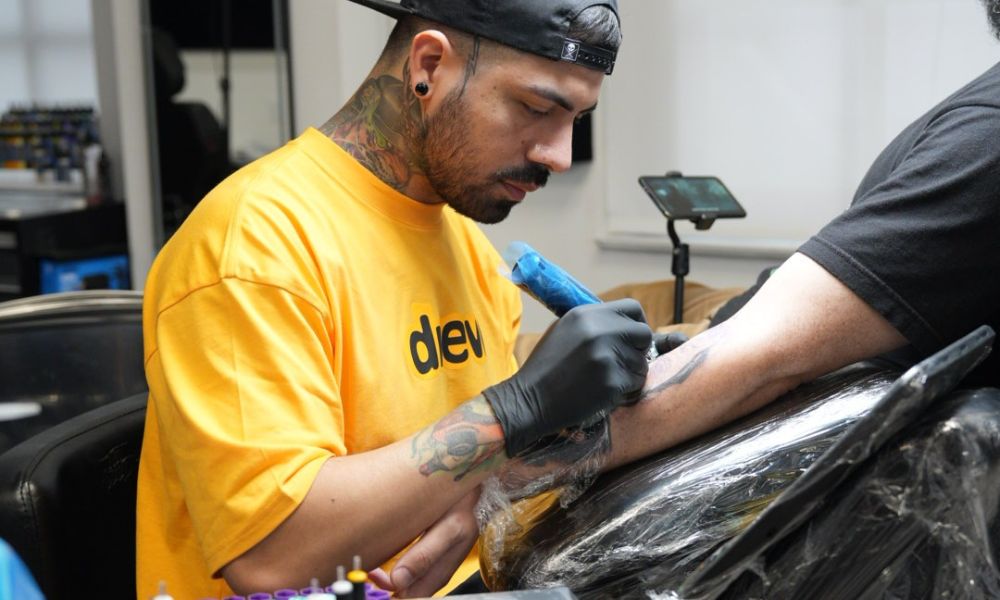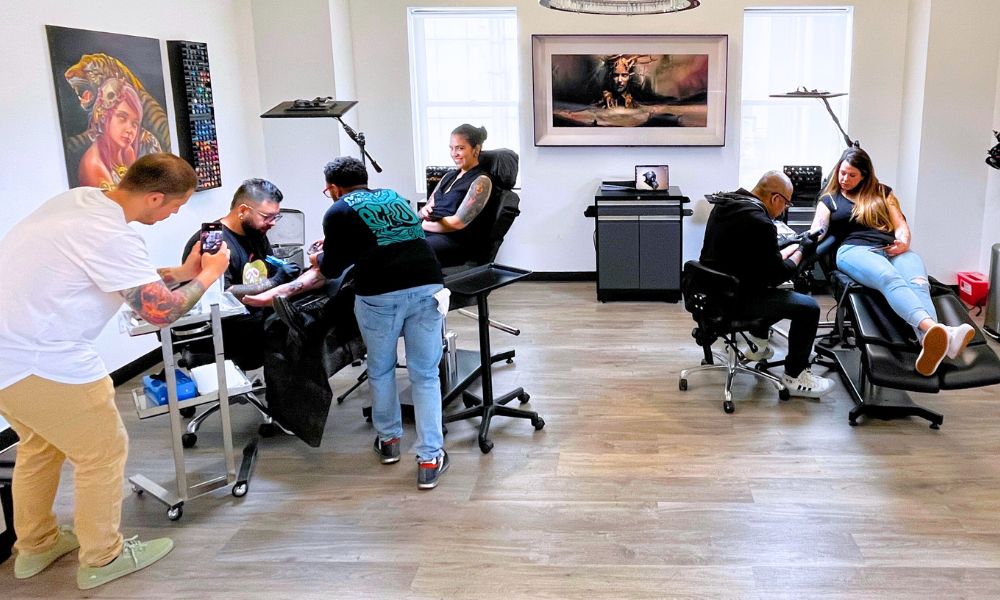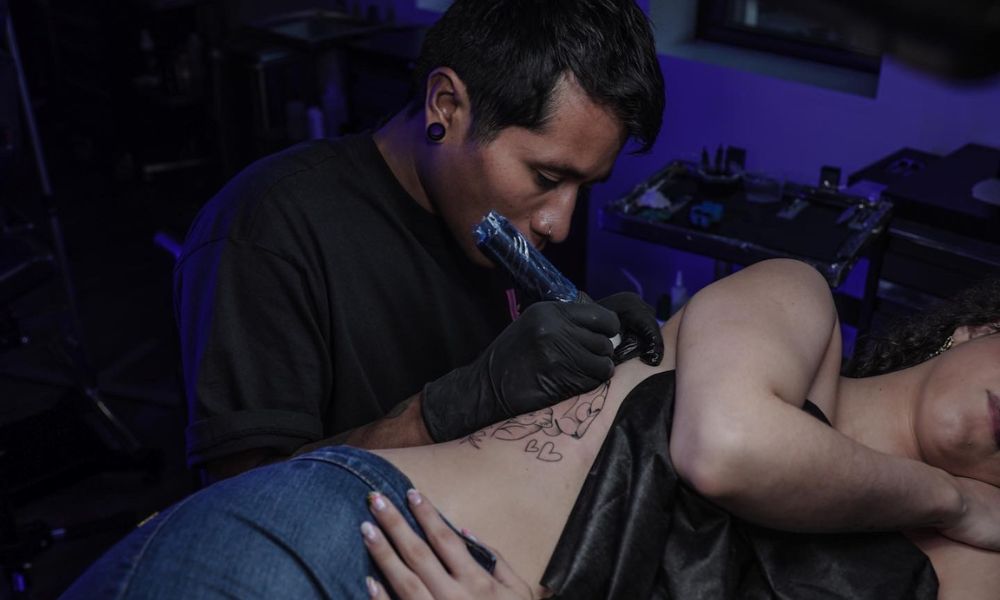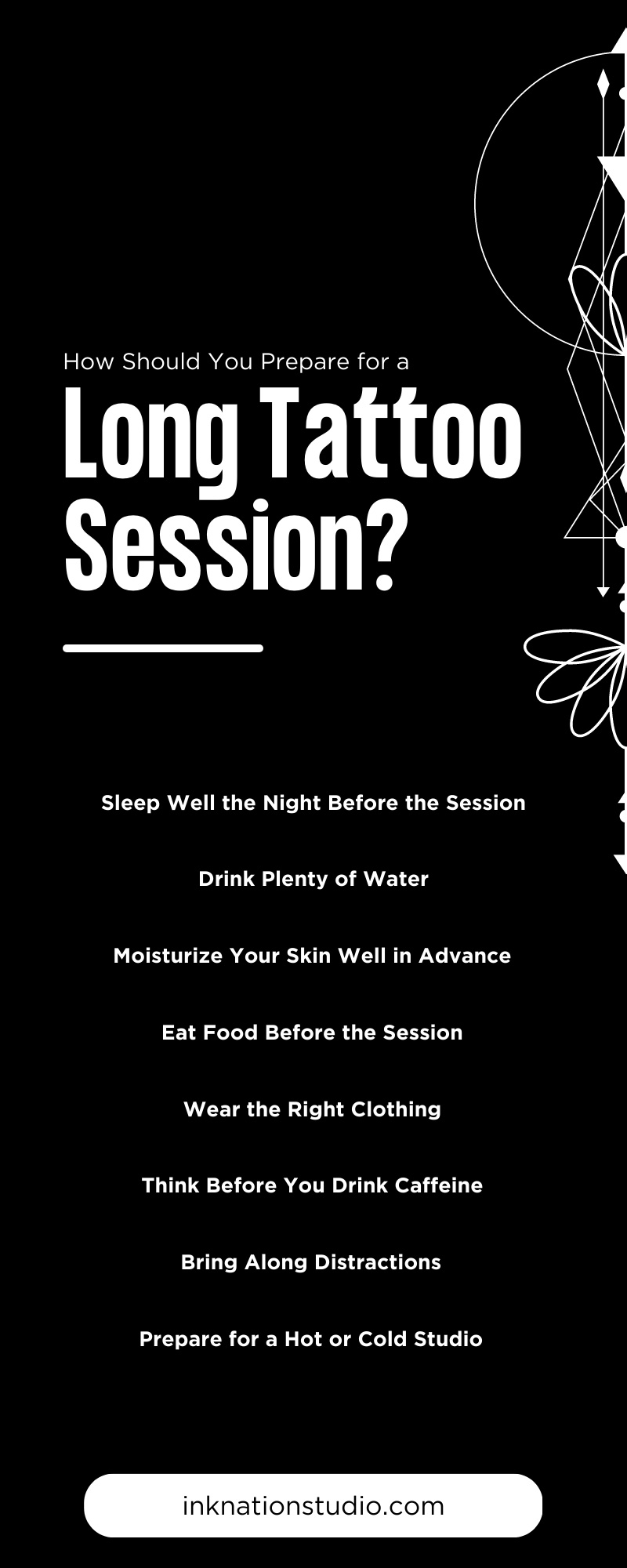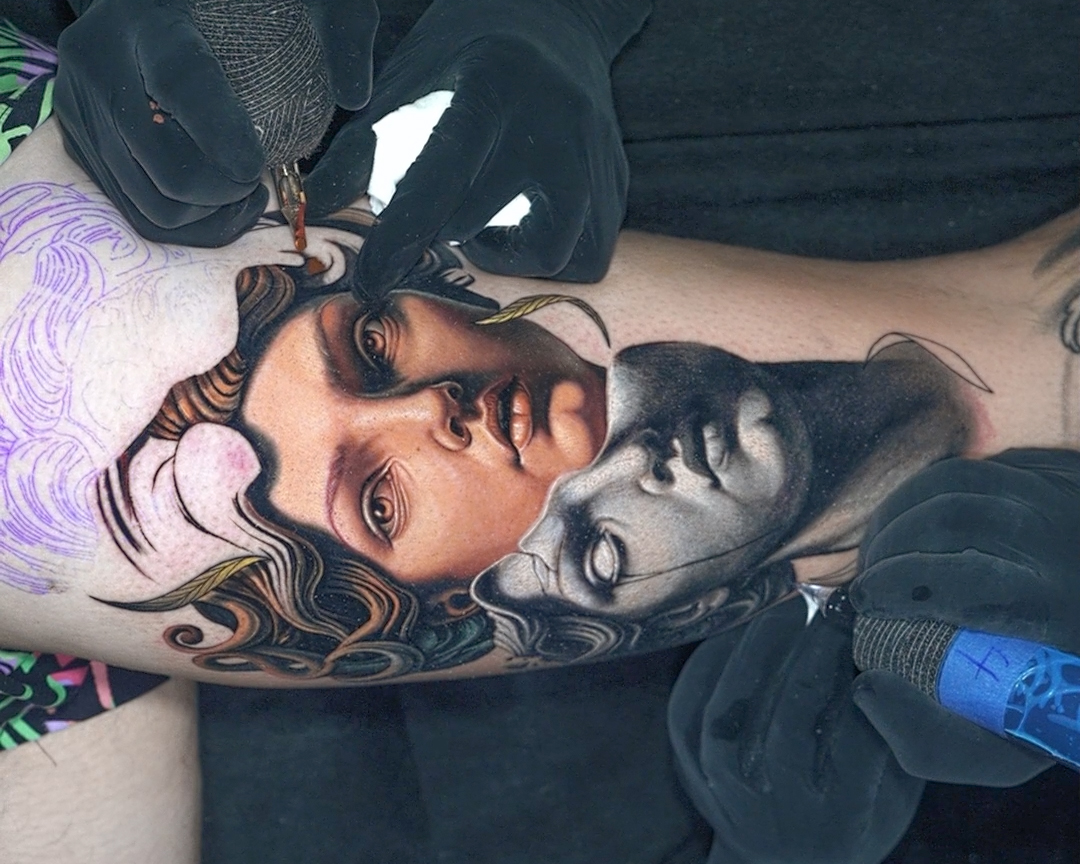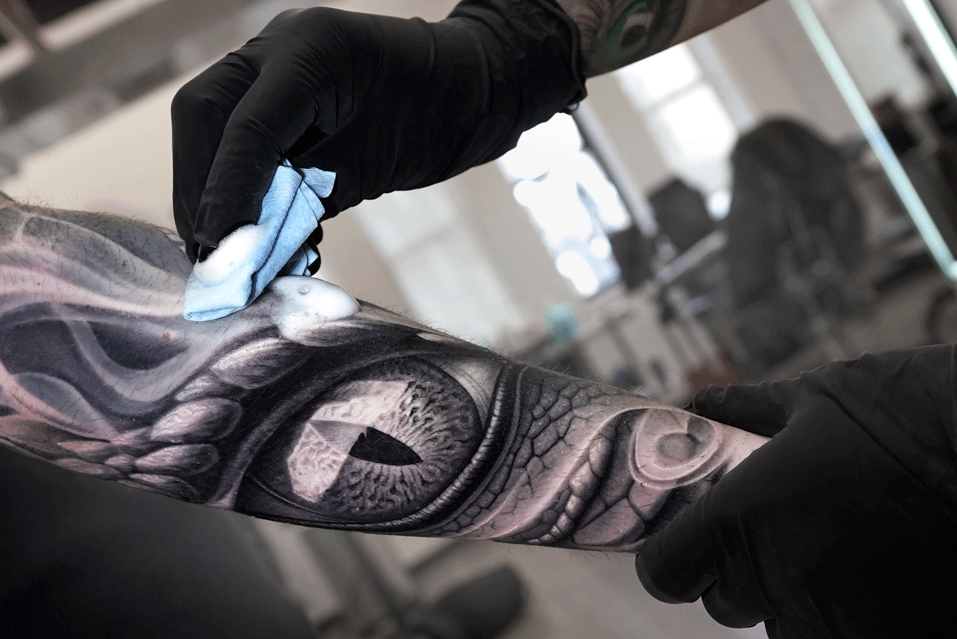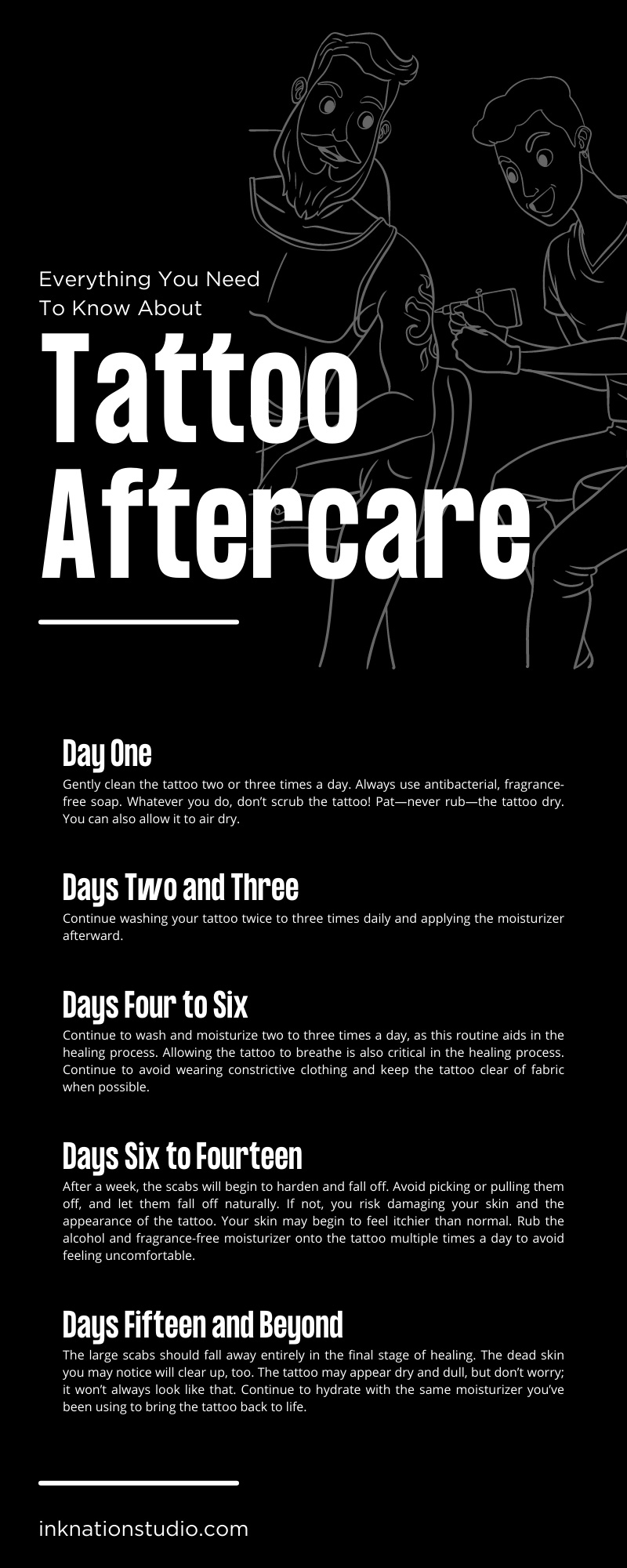Getting a tattoo can be nerve-wracking, especially if it’s your first. The appointment length depends on the size and type of tattoo you’re getting, and some pieces make for all-day affairs. How should you prepare for a long tattoo session? That’s an excellent question. The information below will provide tips to ensure a successful and comfortable long tattoo appointment.
Sleep Well the Night Before the Session
You’ve most likely had this appointment on the books for a while, so don’t schedule a party or other commitments the night before the tattoo session. Getting plenty of rest is one of the most vital things you can do to prepare your body.
A tattoo wounds the skin; if you don’t sleep well enough, your body could reject the ink and take longer to heal. Plus, you want to stay alert and awake during the session. Staying in a positive headspace will ensure you have an enjoyable tattoo experience.
Drink Plenty of Water
Hydrating your body is crucial to preparing for a long tattoo session. The more hydrated you are, the better the session will be because you’ve improved the quality of your skin. Your body will have an easier time healing because hydrated skin will absorb the ink more effectively and bounce back from the procedure faster. Plus, the tattoo will look better. Finally, drinking plenty of water will also result in a less painful session.
Start drinking plenty of water the day before, but you’ll have a better chance of being hydrated enough if you begin a few days out. Ensure you also bring enough water to drink during the session. If you’re worried about restroom use, your tattoo artist will have zero problems letting you go to the bathroom. It’s more important to continue drinking water than it is to stay in the chair the entire session.
Moisturize Your Skin Well in Advance
Along the same lines as drinking enough water, you’ll want to start applying lotion or another moisturizer to your skin. This habit should begin a few weeks before your tattoo appointment to ensure proper hydration.
Moisturizing will help the ink apply better during the session. This practice will also help the tattoo appointment go faster, and you could end up feeling less pain.
However, don’t apply moisturizer or lotion to the tattoo location on the day of the session. The residue could interfere with the stencil application your tattoo artist will most likely apply.
Eat Food Before the Session
Being nervous before a tattoo appointment is normal, but you should try to eat a hearty meal beforehand. If you’re having difficulty eating, take some food with you to the session. Your body is about to endure a long, potentially painful tattoo appointment, and food will help you focus and relax. Plus, eating also helps your body heal.
Even if you do eat well before the appointment, still take snacks with you. Consuming these snacks will help keep your blood sugar up to prevent you from becoming dizzy or faint. It’s not fun to faint during a tattoo session. Just ensure the food is something easy you can eat during the appointment, such as nuts or dried fruit.
Wear the Right Clothing
There are a few considerations regarding what clothing will be most comfortable for you. The tattoo location is a big one. For example, jeans aren’t the best option if you’re getting a large leg tattoo. Shorts will expose more of the leg and be more comfortable post-appointment. Likewise, avoid wearing a tight long-sleeve shirt if you’re getting an arm tattoo. A tank top is more appropriate to wear. And if you get a backpiece, consider wearing a zip-up hoodie or button-up shirt. You can turn the shirt around to cover yourself up during the session, helping you feel more comfortable.
Additionally, you’ll be sitting for an extended time, so comfort is essential. Furthermore, ensure you wear clothes you won’t mind staining with ink. Tattoo artists are incredibly careful and diligent, but accidents can happen. Some of the stencil or tattoo ink could rub onto your clothing, especially with larger pieces. You could also deal with blood or plasma splatters on your clothes. So wear something you don’t mind getting dirty or can easily wash.
Think Before You Drink Caffeine
Some clients have an easier time managing pain when they haven’t had a lot of caffeine the day of the appointment. If your body has difficulty handling caffeine, you may want to consider limiting your intake or skipping coffee, energy drinks, and soda altogether.
Another thing to keep in mind is that caffeine can increase anxiety. Switch to decaf or skip the caffeine if you feel anxious about your tattoo appointment.
Bring Along Distractions
Different tattoo artists have varying preferences, so check with them about watching movies or television shows or listening to music during the appointment. These entertainment options can help distract you from the pain and make the session go by faster.
Just ensure you bring headphones because you could otherwise distract your artist and other clients. Nobody wants to listen to a movie without seeing it, and the tattoo studio intends to create an enjoyable experience for all.
Prepare for a Hot or Cold Studio
The temperature of the studio can vary depending on the season and location. However, most studios will probably run colder, especially when full of other appointments. Bring along layers to make yourself feel comfortable, no matter the temperature. Bringing a blanket along is also OK if you’re susceptible to getting chilly.
Care for the Placement Area
The tattoo area shouldn’t have any skin trauma or fresh wounds. That means no going outside without sunscreen and exposing the placement area to the sun before your appointment. You could end up sunburnt. Asking an artist to tattoo over damaged skin is also a big no-no. It would be painful for you and almost impossible for them. Call the studio if anything happens to the area before the appointment. You can reschedule the session if necessary.
Now you know how to prepare for a long tattoo session. Going in for a full-day appointment can be stressful, but InkNation Studio will make you feel as comfortable as possible. We’re the premier tattoo shop in Manhattan, New York. Feel free to book your appointment online with our book now feature. We’ll find the right tattoo artist for you to guarantee you’ll love your next piece!

